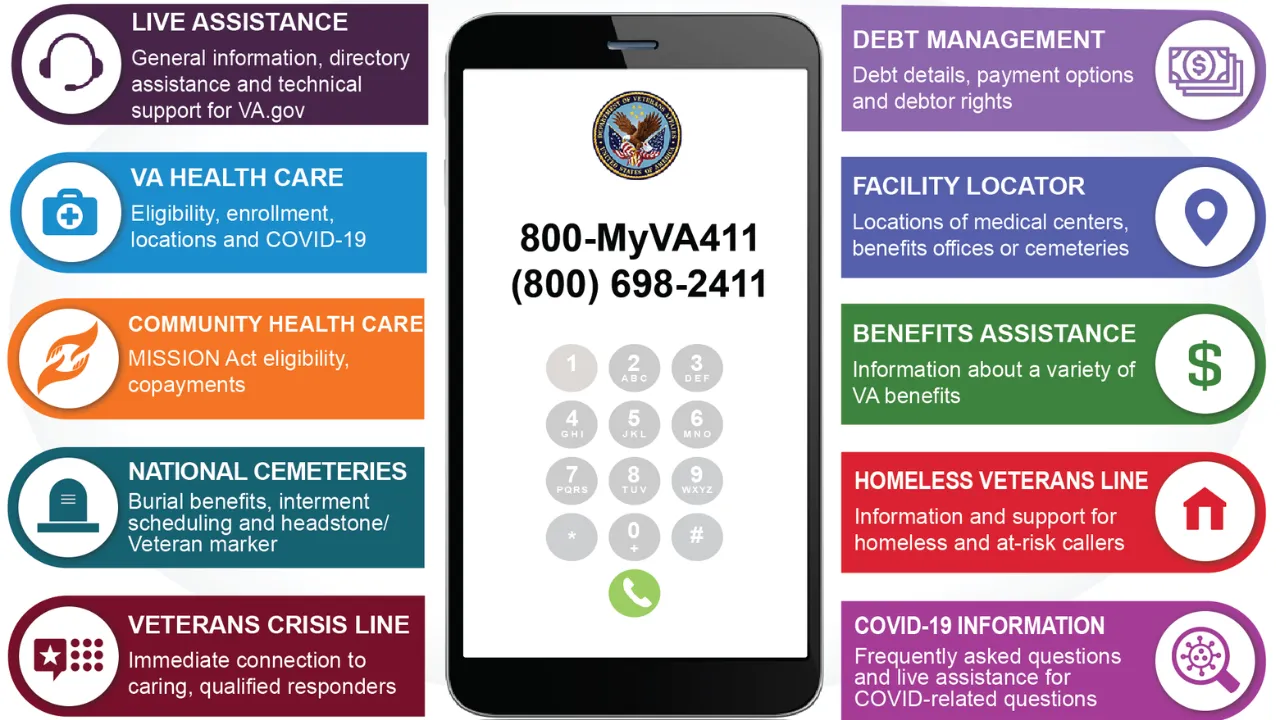Understanding Physical Work Effort in the Workplace: Every workplace demands some level of effort from its employees. But while mental exertion often takes the spotlight in conversations around burnout and fatigue, there’s another aspect that’s just as critical—yet frequently overlooked: the physical work effort required to perform daily tasks. From lifting materials to sitting for long hours at a desk, physical effort affects everything from health to productivity.
Understanding the range and intensity of this physical effort is vital—not just for preventing injuries, but for enhancing performance, job satisfaction, and long-term organizational success. As more businesses aim to create healthier, more sustainable work environments, measuring and managing physical demands has become a central piece of the puzzle.
What is Physical Work Effort?
In its simplest form, physical work effort refers to the energy an individual uses to accomplish a task. This can involve muscular exertion, posture control, fine motor movements, or enduring physically uncomfortable conditions. It’s often assumed that only jobs involving heavy lifting pose a risk, but in truth, even tasks like sitting at a desk, working under poor lighting, or standing for prolonged periods carry physical consequences.
Repetitive actions, awkward body positions, and environmental exposures such as noise or extreme temperatures can all contribute to physical fatigue or discomfort. The challenge lies in recognizing that these small stressors, when repeated over time, can lead to injury or decreased employee well-being.
Physical Work Effort Overview
| Component | Description |
| Definition | The total bodily or mental exertion required to complete tasks at work |
| Common Activities | Lifting, carrying, bending, reaching, standing, repetitive movements |
| Risks Involved | Musculoskeletal strain, fatigue, reduced efficiency, injury |
| Key Tools for Assessment | PDAs, MAC Charts, OWAS, RULA, HAL, ART, interviews, surveys |
| Management Strategies | Ergonomic design, job rotation, automation, wellness training |
| Secondary Risk Factors | Noise, temperature, vibration, awkward postures |
| Benefits of Management | Increased productivity, fewer sick days, better morale |
| Legal and Compliance Angle | Meets occupational health regulations, reduces liability risks |
| Long-term Impact | Sustains workforce health, lowers turnover, boosts brand reputation |
Why Is It Important to Understand Physical Work Effort?
Properly managing physical effort in the workplace leads to tangible improvements in both employee health and company performance. Here’s why it matters:
1. Prevents Musculoskeletal Disorders
Musculoskeletal disorders (MSDs) are among the most common work-related health issues. They stem from overuse, improper lifting, repetitive strain, or poor posture. Addressing these risks head-on helps prevent chronic injuries that often result in long-term sick leave or even disability.
2. Enhances Workplace Safety
Understanding physical tasks and their demands contributes to better workplace safety. It ensures that roles are designed with risk reduction in mind, reducing the chance of accidents or errors caused by fatigue or overexertion.
3. Improves Employee Morale
Employees who feel that their physical health is valued are more likely to be engaged and loyal. When physical demands are managed and reduced, workers report less stress, higher satisfaction, and greater mental clarity.
4. Increases Overall Productivity
Fatigued employees make more mistakes and work slower. Reducing unnecessary strain helps maintain high levels of focus and energy throughout the day, which in turn boosts productivity.
5. Supports Retention and Lowers Turnover
Healthy employees tend to stay longer with organizations that care about their well-being. This not only reduces the cost of hiring and training but also preserves valuable institutional knowledge.
How to Measure Physical Work Effort
Evaluating physical work effort isn’t just about watching people work—it requires strategic assessment tools. Here’s how companies can better understand the demands of each role:
Physical Demands Analysis (PDA)
A PDA breaks down a job into measurable tasks. It involves observing tasks, measuring factors like load weight, posture, force, and frequency, and recording findings. This approach provides a data-driven view of what a role truly requires.
Assessment Tools
Several standardized tools help assess specific physical demands:
- MAC (Manual Handling Assessment Charts) – Ideal for lifting, carrying, pushing, and pulling tasks.
- RULA (Rapid Upper Limb Assessment) – Focuses on risks in shoulders, arms, and wrists.
- OWAS – Evaluates posture and weight loads in tasks that stress the back or lower body.
- HAL (Hand Activity Level) – Assesses repetitive hand motions, particularly in assembly or typing tasks.
- ART Tool – Used to assess tasks that involve repetitive motion and strain on upper limbs.
Observation and Interview
Sometimes, employees themselves are the best source of insight. Observing work over time and conducting short interviews helps identify not only visible strain but also hidden discomforts that aren’t captured by tools.
Surveys and Feedback Loops
Short surveys about workload management, physical discomfort, or fatigue levels offer qualitative data. When tracked over time, they highlight problem areas before they become incidents.
Managing Physical Work Effort for Better Health
Once physical demands are understood, the next step is intervention. The goal isn’t just to eliminate effort—it’s to align it with human capability.
Ergonomic Design
Ergonomic design is the most effective way to reduce strain without compromising performance. It includes:
- Adjustable workstations and chairs
- Anti-fatigue mats for standing roles
- Tool redesign to minimize grip force or awkward angles
- Proper lighting and ventilation
Ergonomic interventions are especially effective in office environments where prolonged sitting or screen time can lead to back pain, neck strain, and vision issues.
Job Rotation and Work Variation
Employees performing highly repetitive tasks should be rotated regularly to prevent overuse injuries. Job rotation distributes physical stress across different muscle groups and promotes work system design that supports recovery.
Breaks and Micro-Movements
Encouraging scheduled breaks and short stretches during shifts improves blood flow and reduces the risk of strain. Even in desk jobs, regular movement can prevent the long-term effects of static posture.
Training and Awareness
Equip employees with knowledge to work smarter:
- Safe lifting techniques
- Proper posture while sitting, standing, or moving
- Recognizing signs of fatigue or early injury
- Stretch routines that reduce muscle tightness
Promoting a Culture of Health
Well-being must go beyond policy—it must be embedded in company culture. Offer initiatives like:
- Wellness challenges
- Fitness or gym partnerships
- Access to occupational health professionals
- Nutritional support with healthy meal options
When employees see that health is a priority from the top down, participation and morale both rise.
Legal Responsibility and Business Reputation
Understanding and managing physical work effort is also a compliance issue. Occupational health regulations require businesses to minimize physical risks. Failure to do so can result in fines, legal action, or reputational harm.
On the flip side, companies known for protecting workers attract better talent, enjoy improved retention, and earn trust from customers and the community. In today’s market, employee well-being isn’t just a perk—it’s a competitive advantage.
Final Thoughts & Call to Action
Every job involves physical work effort—from intense labor to the subtle strain of long hours at a desk. The difference between a thriving workplace and one filled with absenteeism, injury, and turnover lies in how that effort is understood and managed.
Here’s what you can do today:
- Managers: Schedule a job review. Walk the floor. Ask employees about discomforts. Start small but stay consistent.
- Employees: Speak up. Suggest ergonomic improvements. Prioritize movement. Report early signs of strain.
- HR & Safety Teams: Invest in assessments, training, and ergonomic design. Track outcomes and keep wellness central to your strategy.
A healthier workplace isn’t just good ethics—it’s smart business. Take the first step toward a safer, stronger workforce today.
















